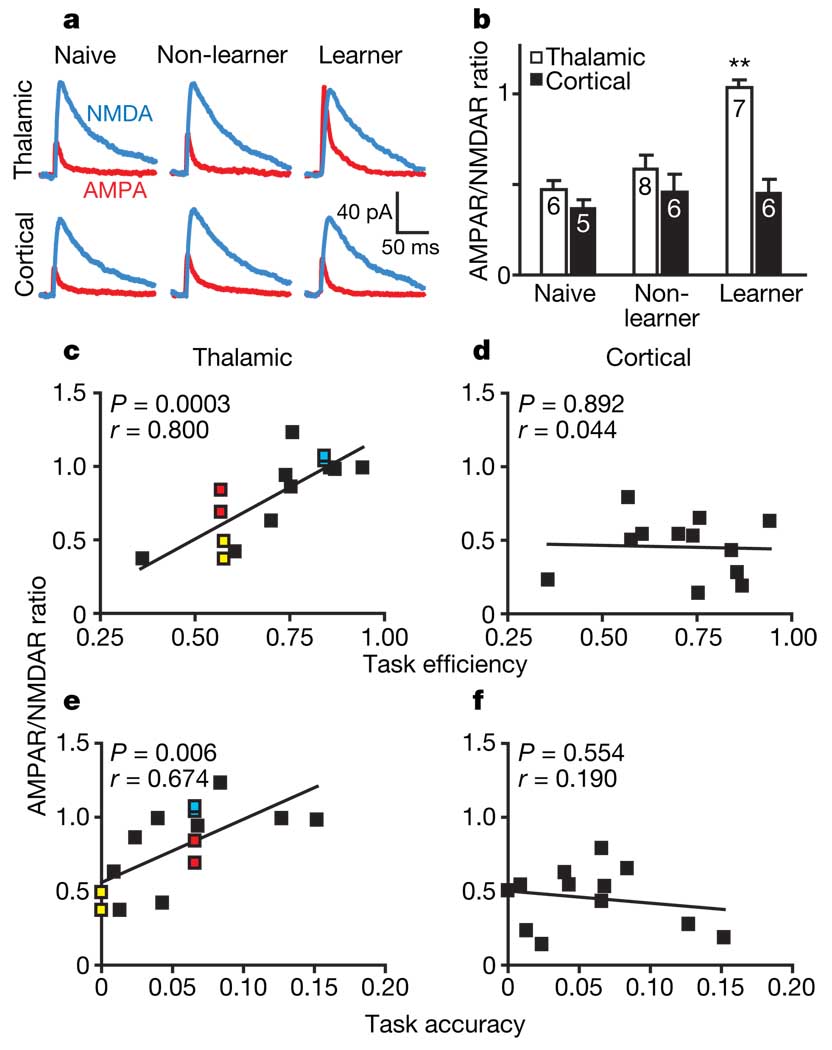Figure 2. Degree of AMPAR/NMDAR enhancement predicts cue–reward learning.
a, EPSCs evoked by stimulation of thalamic or cortical afferents in rats that were naive, non-learners or learners. b, AMPAR/NMDAR ratios evoked from thalamic afferents were significantly increased in learners (n = 6 rats) in comparison with non-learners (n = 6 rats) or naives (n = 5 rats). Numbers in bars indicate numbers of cells; error bars indicate s.e.m. Two asterisks, P < 0.001, significant difference from other groups as well as from cortical afferent. c–f, Correlation between AMPAR/NMDAR ratio and either task efficiency (c, d) or task accuracy (e, f) for EPSCs evoked from thalamic (c, e), but not cortical (d, f), pathways; the subjects were the same as in b. Colours indicate multiple cells recorded from the same rat; black indicates single cells recorded from each rat.

